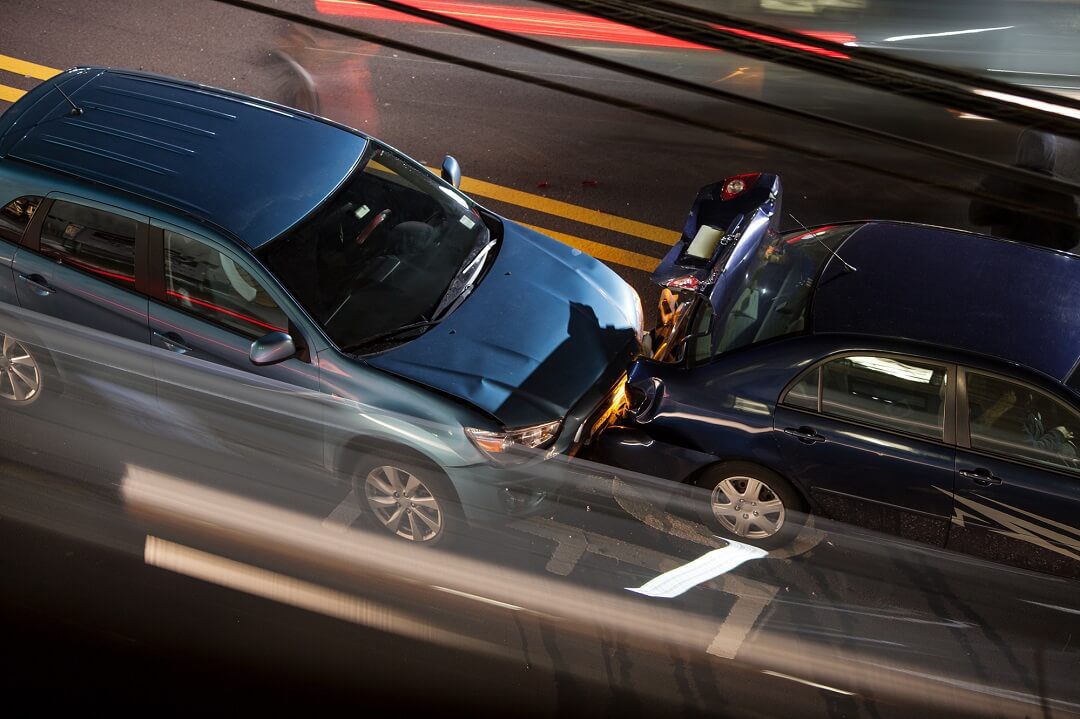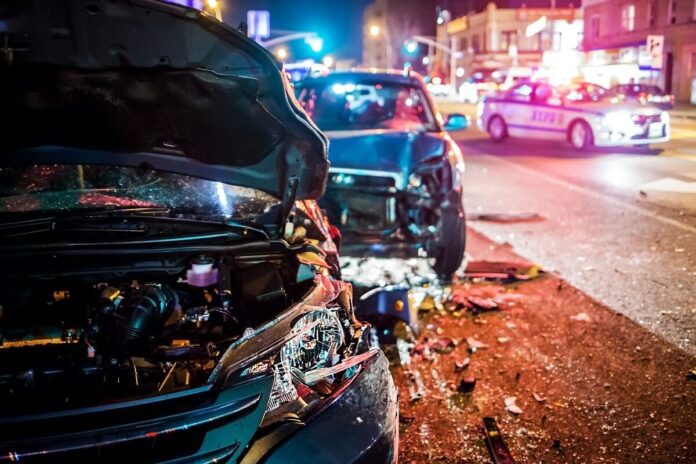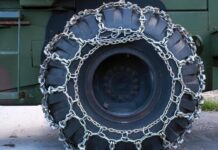Vehicles today are undoubtedly more advanced than those from many years back. It comes with all sorts of technological advancements, like forward collision systems, backup cameras, and adaptive headlights, to name a few. Those all make driving easier and safer, yet the likelihood of vehicular accidents is still present. No one can predict when this will happen, with the mix of different kinds and sizes of vehicles at any given time out on the road.
With that, do take note that there are so many classifications of vehicular accidents that can take place. Some are minor, while others are more severe. Don’t brush these aside, as one of the first steps to being a more proactive driver is knowing what those possibilities are, so you can try and avoid them as much as possible. Then, you can learn what to do after a car accident in Hollywood Florida, or wherever you may be.
Let’s get started with the common types of vehicle accidents, as enumerated below.
Head-On Collision
As its name suggests, a head-on collision occurs when one vehicle moves north and another, driving in the opposite direction, hits that vehicle. In most instances, it’s when the driver has lost control after swerving, and now, two cars are about to hit each other straight-on.
Unfortunately, head-on collisions can be one of the most dangerous in the hierarchy of vehicle accidents. If the two vehicles are speeding fast, the effects could be severe to fatal.
To prevent this from happening, when you see a car on the opposite side heading right toward you, at least attempt to steer to the right if the road is clear and safe. It’s the last chance to allow you to prevent a head-on collision potentially.
Rear-End Collisions
Read-end collisions are more common than head-on collisions. They could be less damaging, given how they usually happen at slower speeds. However, the crash’s impact can significantly damage your spine or cause disk dislocation of the spinal column’s base, called ‘disk herniation.’
The rear driver is assumed to be at fault for not giving enough distance from the vehicle right in front of them.
When driving, always keep a safe distance. It can make a difference in avoiding a rear-end collision, especially when the vehicle directly in front of you is significantly bigger than the one you’re driving.
Angle Accident
An angle accident is a result of a driver committing the following errors:
- Changing lanes without looking;
- Beating the red light or stop sign;
- Ignoring a yield sign.
As can be gathered from the above, angle accidents usually happen in intersections, residential neighborhoods, highways, and interstates. Both parties share the fault unless it’s proven with certainty that one driver caused it due to their negligence or for reasons beyond their control, such as when the car suddenly breaks down.
It’s always safe to drive cautiously and be on the lookout when crossing an intersection to avoid such an occurrence from happening.
Single-Vehicle Crashes

Single-vehicle crashes are prevalent in young drivers like teenagers or those who have just started driving. These situations include:
- Running off the road;
- Hitting stationary objects;
- Slipping on ice and spinning out of control.
In most instances, single-vehicle accidents are caused by the driver braking too hard or attempting to overcorrect a small mistake. It’s precisely why laws against reckless driving and overspeeding exist, as observing such can make it easier to react to obstacles while on the road.
Side-Impact Collision
A side-impact collision happens when the front or rear of another hits the side of one vehicle. Like head-on collisions, serious injuries, and severe vehicle damage are direct results of side-impact collisions.
Thus, choose some modern vehicles with excellent and reliable safety features like crumple zones, top-quality vehicle construction and materials, and airbags for added protection.
Sideswipe Collisions
A sideswipe collision happens when two vehicles hit each other but are parallel to touch. In this type of accident, the injuries and damage are often minor, as the cars have just ‘swiped’ each other. The damages only start to get severe when either of the drivers loses their focus and fails to have complete control over the vehicle due to the collision. So, ensure you drive at a safe speed and consistently give at least a two-second gap between your car and the one in front.
Parked Car Damage
Yes, even a parked car can still be a victim of an accident, as when a moving vehicle hits it. Preventing parked car damage can be done when the driver observes the following precautions:
- Parking street smart, which means avoiding busy roads, bus stations, driveways, and tight turns;
- Going the distance or looking for the less active part of the parking lot;
- Parking in a garage, if you can, instead of on the road in your neighborhood, for instance.
Parked car damage leads only to minor injuries to none if the damage is on the rear and the moving vehicle isn’t speeding fast. It escalates to severe injuries and damage when the driver is speeding, doesn’t see the parked car, and hits head-on.
The Bottomline
While you can’t always prevent the onset of vehicle accidents, knowing what they are can be the first step to being a defensive driver. Also, what’s most important is deciphering what to do right after a vehicle accident for safety precautions. Visit a doctor and call your lawyer to get the compensation you deserve. Car accidents are unavoidable, but they can at least be minimized when you make it a point always to be a safe driver every time you’re on the road.




























